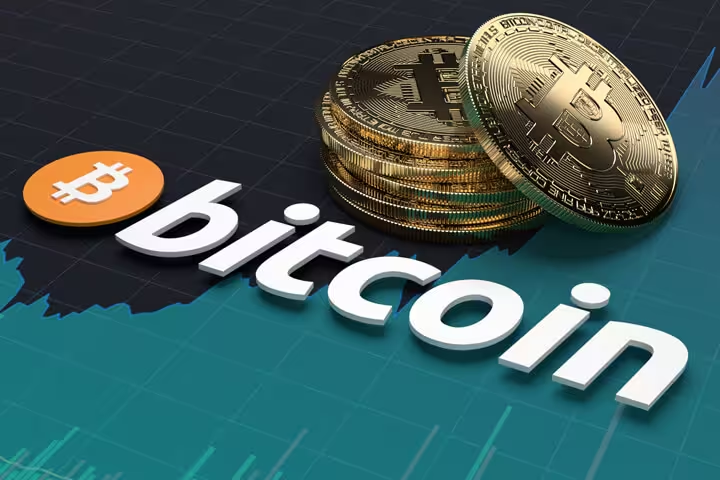Bitcoin Price Eyes $90,000 Takeoff as Whales Gobble Up BTC
The cryptocurrency market is buzzing with anticipation as Bitcoin’s price eyes a significant surge to $90,000. Key players in this potential rally are Bitcoin whales, who have been actively accumulating BTC amid ongoing market volatility. This article delves into the factors driving Bitcoin’s potential price surge, the role of both strong and weak hands in … Read more









